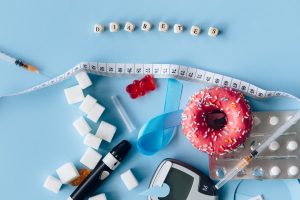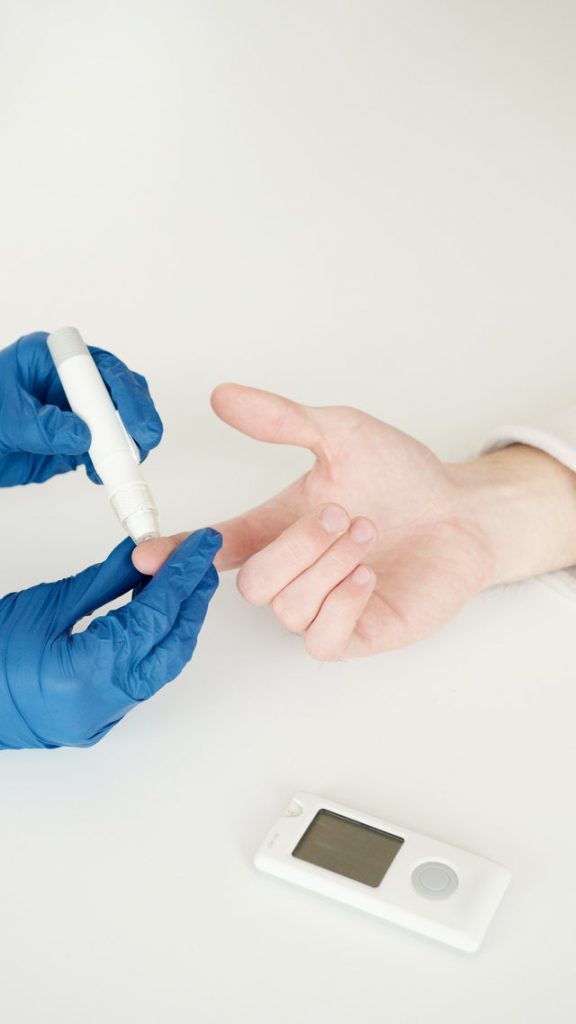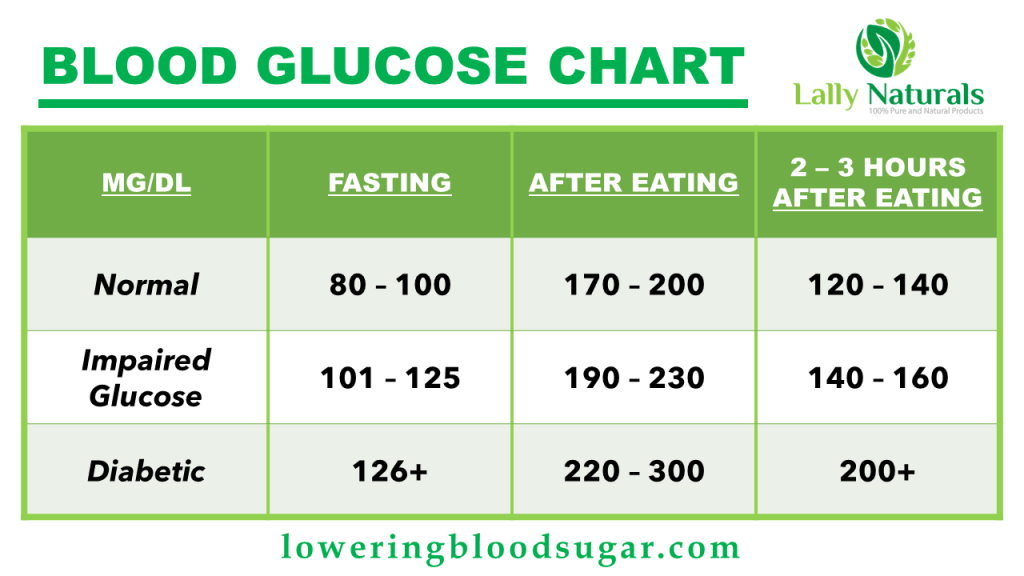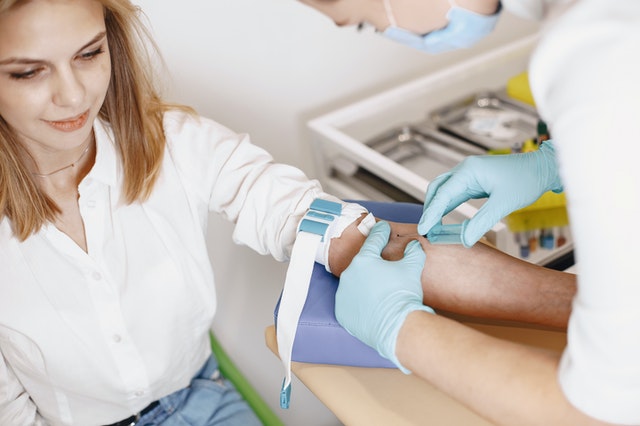
Fasting Blood Sugar and Chart
Fasting Blood Sugar and Chart – There are different tests for testing Blood glucose – Random or Fasting Tests.
Fasting Blood Sugar Test
Fasting Blood Sugar test means that no food or drinks (except for water) be consumed eight hours before the actual test. It is better to schedule the fasting test in daytime or first thing in the morning so that fasting won’t be hard since you were already in a fasting state when you were asleep.
Random Blood Sugar Test
Unlike the fasting test, this test allows you to eat and drink even right before the glucose test.
More Common: Fasting Blood Sugar Test
The fasting test is more common since this test is said to get much more accurate results compared to the random glucose test. In addition, fasting glucose test is easier to interpret. Fasting Blood Sugar and Chart
It is important that before the test starts, inform your doctor about all the medications you have been taking, both prescription drugs, over-the-counter-drugs, and even supplements whether herbal or not. Your doctor might ask to pause from taking your medications or just to change the dose before the blood glucose test. This is important to get accurate results since there are medications that may affect the body’s blood glucose levels.
Here are certain Medications that may affect blood sugar levels:
- corticosteroids
- diuretics
- birth control pills
- hormone therapy
- aspirin (Bufferin)
- antipsychotics
- lithium
- epinephrine (Adrenalin)
- tricyclic antidepressants
- monoamine oxidase inhibitors (MAOIs)
- ·phenytoin
- sulfonylurea medications
Blood sugar levels increases when a person gets stress from certain circumstances such as:
- surgery
- trauma
- stroke
- heart attack
You should tell your doctor if you’ve recently had any of these.
What happens during a Blood Sugar Test?
Blood sample is taken by using a device that merely pricks a finger to get that small blood sample. In other tests, blood from a mere prick is not enough that is why doctors would collect blood directly from a vein.
1. Before collecting the blood sample, the nurse/healthworker in charge would first clean the area where the blood is taken from, usually by wiping the area with cotton with alcohol to kill germs.
2. Second step uses a method that makes a vein visible. Usually, this method uses an elastic band to wrap around the upper arm. Once the vein is visible enough, a sterile needle will be inserted to collect the blood. It is important to relax your arm to reduce the moderate pain from the needle.
3. After collecting the blood, the nurse/healthworker removes the needle and covers up the skin with a band-aid.
4. The blood sample is then transferred to the laboratory to be tested. Fasting Blood Sugar and Chart
5. When the results are ready, the doctor will then discuss what’s in the result.
What are the Possible risks associated with a blood sugar test?
There is very little chance that people who get their blood tested develop health problems. Although the chances are very little, it is not definitely zero percent. Fasting Blood Sugar and Chart There are possible risks such as:
- multiple puncture wounds if it’s difficult to find a vein
- excessive bleeding
- lightheadedness or fainting
- hematoma, or blood collecting under your skin
- infection
Results of Blood Glucose tests
Normal Blood Test Results
The results depend on whether the test was the Fasting Blood Sugar test or the Random Blood Glucose Test. For the fasting blood sugar test, normal levels is between 70mg per deciliter and 100 mg per deciliter (mg/dL). On the other hand, the random blood sugar test levels are usually under 125mg per deciliter. However, the exact levels will still depend on what you ate last. Fasting Blood Sugar and Chart
Abnormal Blood Test Results
Again, the results depend on whether the test was the Fasting Blood Sugar test or the Random Blood Glucose Test. For the fasting blood sugar test, the results listed below will indicate whether there are signs of prediabetes or diabetes:
- A blood glucose level of 100–125 mg/dL indicates that you have prediabetes.
- A blood glucose level of 126 mg/dL and higher indicates that you have diabetes.
On the other hand, the random blood sugar test levels the results listed below will indicate whether there are signs of prediabetes or diabetes:
- A blood glucose level of 140–199 mg/dL indicates that you may have prediabetes.
- A blood glucose level of 200 mg/dL and higher indicates that you likely have diabetes.
If your random blood glucose test results are abnormal, your doctor will probably order a fasting blood glucose test to confirm the diagnosis or another test such as an Hgba1c.




